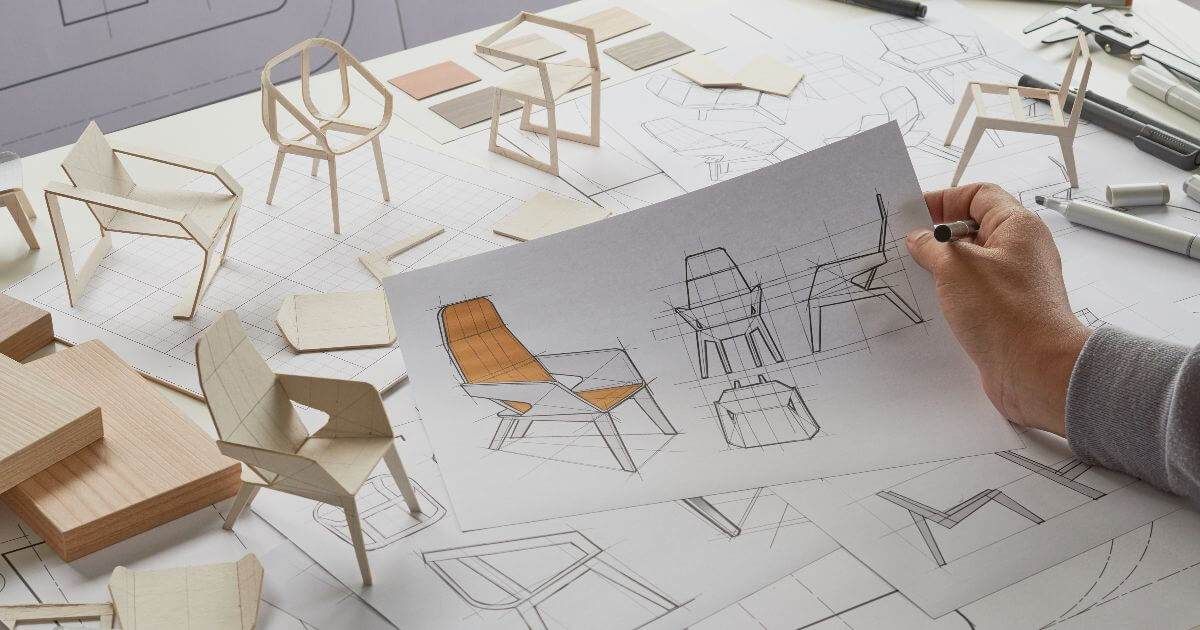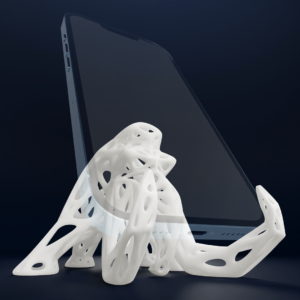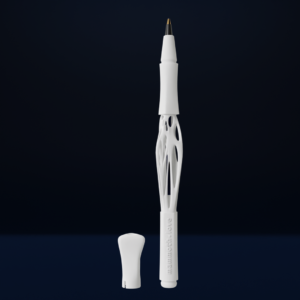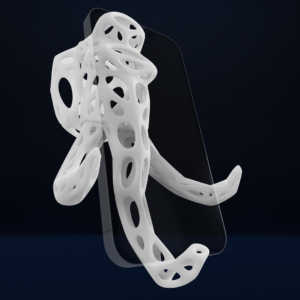Prototype: objects to systems

By utilizing prototyping, designers have the ability to transform abstract ideas into tangible representations that can be thoroughly tested and refined. This iterative process ultimately leads to the development of more innovative and effective solutions, ensuring optimal outcomes.
The learning continuum.
Prototyping is a key step in the design thinking process and can have significant impacts on businesses and society. Prototyping can be done with a wide variety of materials, and the level of fidelity will vary depending on the purpose of the prototype. For example, a low-fidelity prototype might be created with simple materials like cardboard or paper, while a high-fidelity prototype would be more detailed and realistic. The level of fidelity also needs to be appropriate for the stage of the design process.
Early in the process, it is more important to focus on exploring ideas and generating feedback, so low-fidelity prototypes are often the most effective. As the design progresses, higher fidelity prototypes can be used to test more specific aspects of the design.
What are we missing?
Prototyping is not only essential for the design thinking process, but it also holds significant potential for businesses and society. By creating prototypes, businesses can gain a deeper understanding of user needs and requirements, ultimately leading to the development of more successful products and services. Moreover, prototyping plays a crucial role in mitigating the risks associated with new product development.
The first step in prototyping involves creating a model of the product or service. This can be achieved using physical objects, paper, or software. The prototype should be meticulously designed to test the feasibility of the idea and uncover any potential issues.
Once the prototype is developed, it becomes crucial to conduct thorough testing with potential users. This step is instrumental in uncovering any underlying issues that require attention prior to the official launch of the product or service.
Wrapping Up
When it comes to prototyping, there are two main types: object-level and system-level. Object-level prototyping focuses on individual components or pieces of a larger system. This type of prototyping is commonly used in the early stages of design, where the emphasis is on individual objects rather than their interactions. On the other hand, system-level prototyping centers around the interactions between components in a system. This type of prototyping is typically employed in the later stages of design, with a focus on the overall functionality of the system.

Some of the key benefits of prototyping include:
- Allowing organizations to test new ideas before committing significant resources.
- Helping to identify potential issues early in the development process.
- Facilitating collaboration between academic researchers, product developers, and design thinkers.
Another advantage of prototyping is its ability to foster consensus-building. In projects involving multiple stakeholders, reaching an agreement on the final design or product can be challenging. A prototype serves as a valuable tool for building consensus, as it gives everyone an opportunity to visualize and experience the proposed design or product firsthand.
Sources
-
Understanding Visual Cues in Visualizations
Ha-Kyung Kong University of Illinois at Urbana-Champaign, et al. “Understanding Visual Cues in Visualizations Accompanied by Audio Narrations: Proceedings of the 2019 CHI Conference on Human Factors in Computing Systems.” ACM Conferences, 1 May 2019, https://dl.acm.org/doi/abs/10.1145/3290605.3300280.
-
Which visual cues work best to drive attention?
Labay, B. B., & Ben Labay Ben is the Managing Director at Speero. He has a background as a research scientist specializing in statistics and data science. Ben combines years of academic and statistics training with customer experience and UX knowledge to h. (2018, July 6). Which visual cues work best to drive attention? [original research]. CXL.
https://cxl.com/research-study/visual-cue-study/ -
The impact of visual cues, reward, and motor feedback
Pakan, J. M. P., Currie, S. P., Fischer, L., & Rochefort, N. L. (2018, September 4). The impact of visual cues, reward, and motor feedback on the representation of behaviorally relevant spatial locations in primary visual cortex. Cell reports. Retrieved May 5, 2022, from https://www.ncbi.nlm.nih.gov/pmc/articles/PMC6137817/
-
Impacts of Cues on Learning and Attention
Liu, Rui, et al. “Impacts of Cues on Learning and Attention in Immersive 360-Degree Video: An Eye-Tracking Study.” Frontiers, Frontiers, 1 Jan. 1AD, https://www.frontiersin.org/articles/10.3389/fpsyg.2021.792069/full.








Leave a Reply
You must be logged in to post a comment.